You have it wired completely wrong.
- Your batteries are simply short circuited - they are probably dead by now.
- Your microphone is also connected wrong. That appears to be an electret microphone. It needs a current source, but not like you have tried to hook it up.
- You have the oscilloscope probe shorted to its own ground.
Your microphone connection should look like this:

(Image borrowed from this other question.)
The point marked Vcc goes to the positive end of your two cells, the ground end goes to the negative end of your two cells.
You can set your oscilloscope to AC coupling and leave out the shown capacitor.
Connect the scope probe to the junction of the resistor and the microphone.
Connect the ground of the scope to the negative end of your cells.
If your batteries still have any juice, you should now be able to see a signal on your scope.
You appear to be working from this diagram from the instructables page:

The "amplifier" block is incomplete. There is much more that goes into it than the drawing shows.
The battery symbols refer to 9V batteries rather than the 1.5V cells you appear to be using.
The batteries are connected in series, and then to the amplifier rather than being short circuited as you have them.
That "instructable" is as poor as everything I've learned to expect.
It goes into some detail about simple things because it is supposed to be for beginners. Then, it tells you to "build a non-inverting amplifier" out of the TL072, but gives no information about how - it just leaves the beginners it is intended for completely hanging.



